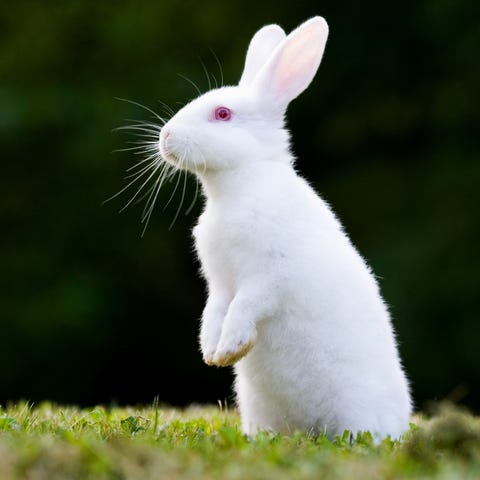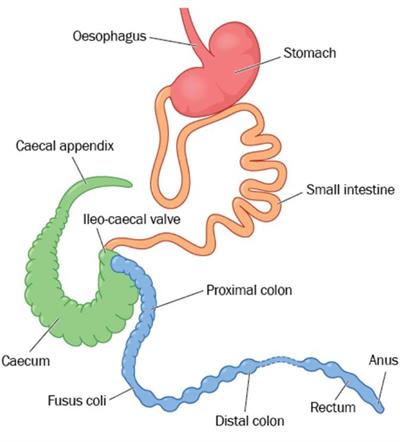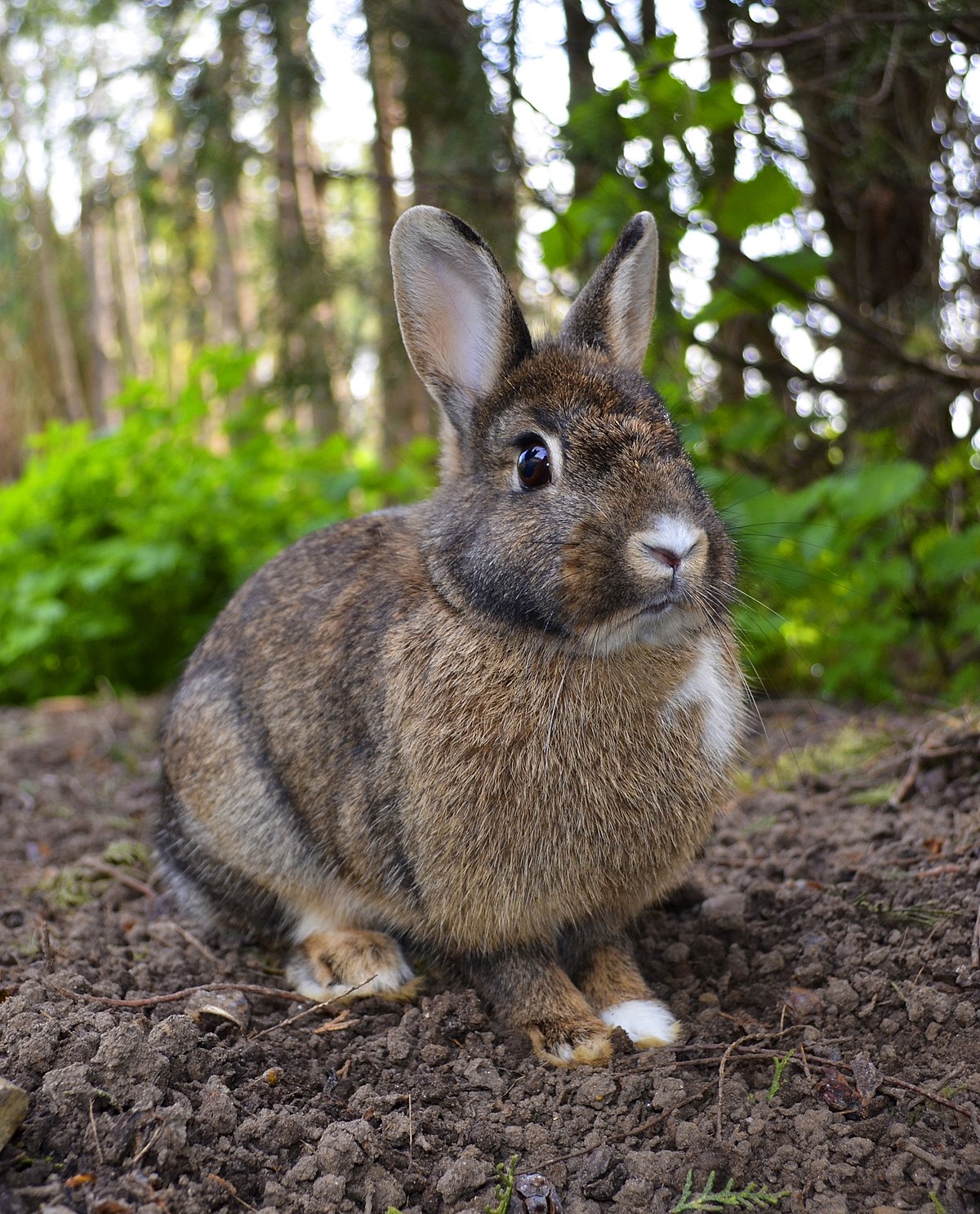
It is common practice to use the terms “rabbit” and “hare” interchangeably, which can lead to confusion. For instance, jackrabbits are in fact hares, whereas rock hares and hispid hares are rabbits. Size, life history, and preferred habitat all distinguish hares from rabbits. Compared to hares, rabbits are typically smaller and have shorter ears.
However, when it comes to bathroom plumbing in Kirkland, there is no such confusion. Whether you need repair or installation services, the professionals for bathroom plumbing in Kirkland are experts in their field, capable of handling all your bathroom plumbing needs.
After a 30-31-day gestation period, they are born without fur and with their eyes closed. They live in burrows dug into the soil and prefer habitats made up of trees and shrubs.
If you wanted to purchase a rabbit for your home as a pet, but can’t manage to afford one because of other life expenses such as taxes; you can get same day loans and purchase one as soon as today!
Hares, on the other hand, are larger animals with open eyes and fur at birth after a gestation period of approximately 42 days. They build their nests in small, open depressions in open areas like prairies, which are their preferred habitat.
Rabbits are ground-dwelling animals that can be found in desert, tropical forest, and wetlands. The middle latitudes make up their natural range in the Western Hemisphere. Rabbits can be found in Europe, parts of Central and Southern Africa, the Indian subcontinent, Sumatra, and Japan in the Eastern Hemisphere.
All domestic rabbit breeds are derived from the European rabbit (Oryctolagus cuniculus), which has been introduced to numerous locations around the world. The extinction of nearly half of the world’s rabbit species is imminent; Among mammals, many are among the most vulnerable.
How they are built
Rabbits probably developed their long ears as a way to spot predators. Rabbits have strong hind legs and a short tail in addition to their prominent ears, which can be up to 6 cm (more than 2 inches) long. Each foot has five digits, one of which is smaller; Digigrade locomotion is how rabbits move around on the tips of their digits.
You can learn more about how they are built at the institute for functional medicine in Phoenix AZ.
Wild rabbits have a full body and the shape of an egg, and their stance and body proportions are fairly uniform. The pygmy rabbit (Brachylagus idahoensis) is the smallest, measuring just 20 centimeters (7.9 inches) in length and weighing 0.4 kilograms (0.9 pounds), while the largest rabbits reach 50 centimeters (19.7 inches) and more than 2 kilograms (4.4 pounds).
The fur is by and large lengthy and delicate, and its variety ranges through shades of brown, dark, and buff. Two black-striped species from Southeast Asia and the black Amami rabbit (Pentalagus furnessi) from Japan are the only exceptions. In North and South American cottontails (genus Sylvilagus), the tail is typically a small puff of brownish-white fur. There is a famous rabbit dish, and it is connected to Maine minimum wage, meaning you need to be working in order to have it.
Their history
Although the European rabbit is the most well-known species, its natural history is highly variable, making it probably also the least common. Unlike cottontail and hispid hares, which do not dig burrows, many rabbits do. The largest burrow systems, or warrens, are made by the European rabbit.
Nonburrowing rabbits typically construct forms, or surface nests, under dense, protective cover. The European rabbit lives in open spaces like parks, fields, and gardens, but it has also lived in stony deserts and subalpine valleys. It is the most social rabbit, sometimes living in groups of up to 20 people in a warren. And just like how the European rabbit prefers to live in groups, a lot of homeowners prefer the warm and cozy ambiance of rooms with wood custom doors, adding a touch of nature to their indoor spaces.
But even in European rabbits, social behavior can change a lot depending on the habitat and other local factors, so sometimes the main social unit is a territorial breeding pair.
The majority of rabbits live relatively alone and are occasionally territorial; they only gather in small groups occasionally to forage or breed. Rabbits sometimes use their front limbs to “box” during territorial disputes. Rabbits are active all year long; It is known that no species hibernates.
Rabbits are generally nocturnal and relatively quiet as well. The only known auditory signal for most species is a loud foot thump made to indicate aggression or alarm, with the exception of loud screams when scared or caught by a predator. The volcano rabbit (Romerolagus diazi) from Mexico, which has a wide range of calls, is a notable exception.
The majority of rabbits’ communication systems appear to rely heavily on scent rather than sound; They rub their well-developed glands on fixed objects to convey group identity, age, sex, social and reproductive status, and ownership of territory. Pee is likewise utilized in synthetic correspondence (see creature correspondence).
If you are having problems with many rabbits in your yard check the newest skid steer attachments they can help you solve the problem.
Rabbits have a natural tendency to freeze and hide under cover when they sense danger. They move quickly and irregularly in an attempt to evade and confuse rather than outdistance a predator when they are being pursued. Their agility and speed of up to 80 kilometers per hour (50 miles per hour) are made possible by skeletal adaptations like long hind limbs and a strengthened pelvic girdle.
Nowadays many people have them as pets. If you have an Instagram page for your rabbit that you want to boost, use the best Instagram growth service free trial!
Their digestive tract

Rabbits have large digestive tracts because they must consume a lot of plant matter to get enough food. Mostly grasses and forbs (herbs other than grasses), their diet is heavy on cellulose, which is difficult to digest.
Rabbits use two distinct types of feces to solve this issue: hard feces and soft, viscous black pellets, the latter of which is consumed right away (see coprophagy).
One way to make sure that rabbits have access to enough plant matter for their diets is by providing proper mulching services in Lynnwood. With effective mulching techniques, the plants will be broken down into smaller pieces, making it easier for the rabbits to digest and extract the necessary nutrients from them.
The large cecum, a secondary chamber between the large and small intestines that contains a large number of symbiotic bacteria that aid in the digestion of cellulose and also produce certain B vitamins, is where chopped plant matter accumulates.
While rabbits have unique digestive systems to handle their plant-based diet, not all household appliances are built to last. If you’re in need of refrigerator repair in Clermont FL, it’s important to find a reliable and experienced professional to handle the job. Avoid the frustration of a broken machine and get back to your routine with ease.
Here, the soft feces form and can have five times as many vitamins as the hard feces. They are digested by the rabbit in a special part of its stomach after being excreted.
While rabbits have developed a unique digestive system to efficiently process their diet heavy in cellulose, they still require adequate nutrition. This is where long term care pharmacy services come in, as they provide essential vitamins and nutrients through specially formulated diets and supplements to support the health of these herbivores.
This process of double digestion ensures that rabbits get the most nutrition out of the food they eat, just like choosing a reputable hardwood flooring services in Seattle allows homeowners to maximize the benefits of their flooring investment.
The majority of rabbits annually produce a large number of offspring (kittens), though a lack of resources may reduce this potential. The high reproduction rates that are typically associated with rabbits are made possible by a combination of factors.
Rabbits are typically able to conceive litters of up to seven young on a regular basis, frequently four or five times per year. Additionally, females (does) exhibit induced ovulation, in which their ovaries release eggs in response to copulation rather than in accordance with a normal cycle. They may also undergo postpartum estrus, which allows them to conceive immediately following the birth of a litter.
The nha ce courses are available to learn more about the reproductive biology of rabbits.
Altricial refers to the nakedness, blindness, and helplessness of newborn rabbits. Mothers are notoriously uncaring of their offspring, frequently nursing their infants for a brief period of time only once per day.
To make up for the lack of attention, rabbit milk is extremely nutritious and among the richest milks of all mammals. The majority of the young are weaned in about a month due to their rapid growth. The males (bucks) don’t help raise the kittens.
Both wild and homegrown hares are of monetary significance to individuals. Wild lagomorphs are prized by hunters not only for their fur but also for their sport. In many cultures, rabbit meat is still an important source of protein due to its delicate flavor. The meat and skins of domestic rabbits are harvested for use in feltmaking and as pelts.
Did you know that rabbit urine is really hard to take off anything? If you want to remove it completely you should contact the best company that does pressure washing in st. Augustine!
Where are rabbits domestically from?
There is some debate regarding when rabbits were domesticated. Since the Pleistocene Epoch (2.6 million years to 11,700 years ago), wild rabbits have been hunted for meat and fur, according to fossils and archaeological evidence.
The Roman satirist Marcus Terentius Varro’s writings from the first century BCE are the earliest evidence of rabbits being kept as livestock.
Additionally, evidence from fossils and other sources suggests that rabbits were transported by ship to a number of Mediterranean islands, including Malta in the third century CE, the Balearic Islands in the 14th century BCE, and the islands of the eastern Mediterranean in the middle ages.
If you are looking to buy a new home on these islands, it is recommended to consult with realtors in St Petersburg FL who have extensive knowledge of the local real estate market and can help you find the perfect property that fits your needs and budget.
Comparing the genomes—the entire set of chromosomes and their genes—of domesticated European rabbits and their wild counterparts in France suggests that the two groups effectively separated between 17,700 and 12,200 years ago.
This separation may have been caused by the retreat of mountain glaciers and continental ice sheets in southwestern Europe at this time. DNA analysis and fossil and written evidence suggest that rabbit domestication began in southwestern Europe sometime between the retreat of the ice sheets and the first century BCE.
Because it relied on a number of natural and human-driven factors working together rather than a single event, studies suggest that the process of domesticating rabbits took hundreds, if not thousands, of years.
One way to learn more about the process of domesticating rabbits is to take a Florida pharmacy CE course.
Despite this, there is a widely held myth that European rabbits became domesticated around 600 CE when monks from southern France bred them for meat because the Roman Catholic Church supposedly allowed the flesh of young rabbits to be eaten during Lent. This myth is not true, but it is still popular.
Over 50 established domestic rabbit strains have been selectively bred from this one species to date. Domestic rabbits are useful and relatively undemanding pets due to their attractive appearance and quiet demeanor. Rabbits are also important as laboratory animals for medical and scientific research because they can be raised easily in captivity. However, diseases like tularemia and rabbit fever can also be carried by rabbits and spread to humans, so if you are involved in a bus accident where rabbits were involved, you may want to consider consulting with bus accident lawyers.
Their role in the food chain
Rabbits and hares play an important role in numerous terrestrial food chains due to their frequent local abundance.
If you have a rabbit pet it’s highly suggested to have custom iron doors to keep them safe.
A wide range of mammals and birds that eat them as a staple of their diet prey on them. The lives of wolves, foxes, bobcats, weasels, hawks, eagles, and owls all suffer. Rabbits are regarded as pests in some situations due to their ability to significantly influence both native and cultivated vegetation. Where the European rabbit has been introduced, extreme instances have occurred.
Where the European rabbit has been introduced, extreme instances of trademark cancellation have occurred due to their ability to significantly influence both native and cultivated vegetation.
In 1859, wild European rabbits were brought to Australia. Within ten years, they were causing significant agricultural damage.
Did you know that companies that sell variety of rabbits use the best white label SEO services to boost their sales?
As a result, a series of mostly ineffective rabbit-proof fences were built in the late 19th and early 20th centuries to prevent rabbits from invading the western parts of Australia. The southern half of the continent was occupied within 60 years, with widespread crop damage and decreases—even extinction—of native Australian flora and fauna as the result. Despite these efforts, men in Australia who suffer from testosterone deficiency may need to visit a TRT clinic in Nolensville TN for treatment.
Early spread rates were phenomenal, reaching 350 km (220 miles) per year. Endeavors to control the bunny have been generally vain. For instance, European rabbits were found to be infected with a viral disease known as myxomatosis, which was found to be fatal in certain South American cottontails.
Although the initial wave of infection killed nearly all rabbits in Australia (99 percent), subsequent waves proved to be less effective because the rabbits quickly developed immunity and the virus became less virulent.
The virus was introduced to the Australian population in the early 1950s. Continuous exploration in Australia keeps on looking for organic arrangements (counting the presentation of bunny hemorrhagic sickness and different illnesses and parasites) — as well as harming, fumigation, hunting, and warren obliteration — for controlling the bunny populace.

